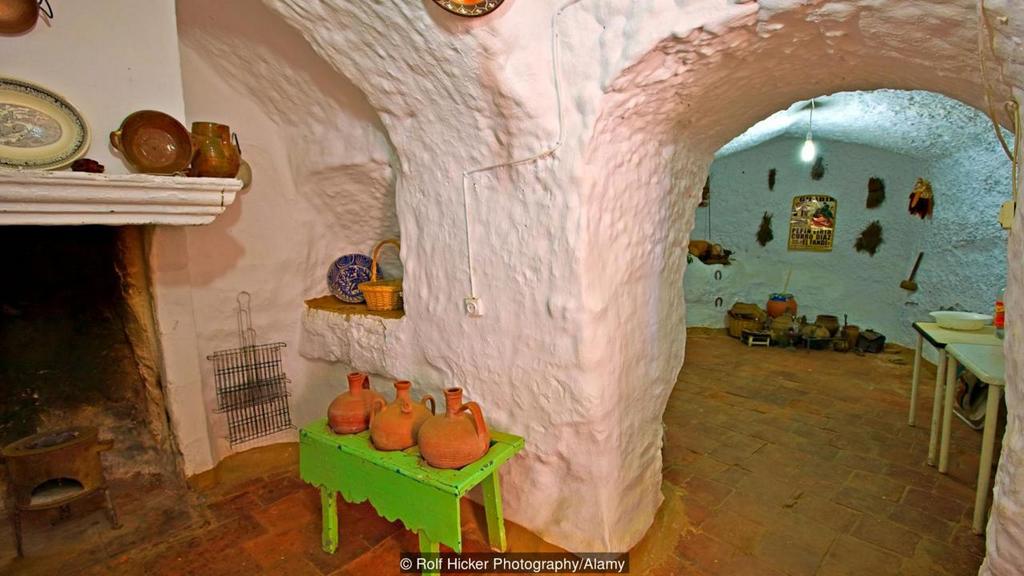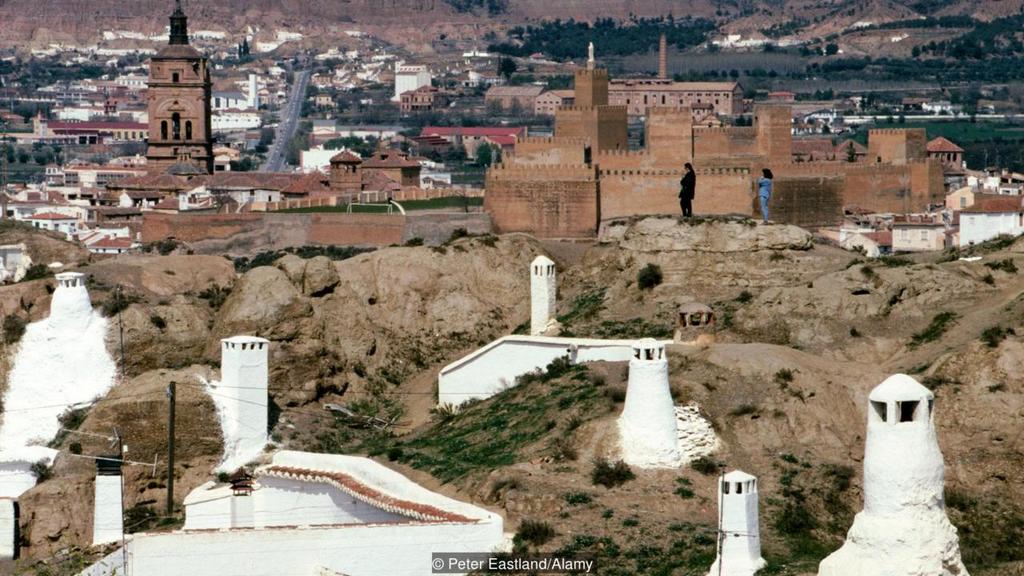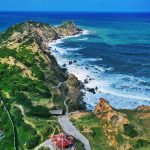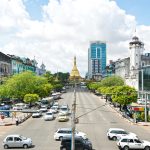Living in the charms of cave houses in Andalucia, Southern Spain
Guadix residents have been living in these underground dwellings, known as trogloditas, for hundreds of years.
Guadix appeared to be any other little Andalucan town upon arriving at the bus station, with whitewashed homes and lovely, shaded plazas. But as I ascended the hill, a weird Martian-like scene unfolded in front of me.
The horizon was broken by russet-colored rugged hills, and huge desert-like plains were framed by the rising Sierra Nevada mountain range. I noticed little white chimneys sticking out of the hills and front doors carved into the side of the rock, similar to Hobbit dwellings.

I’d arrived in the Barrio de Cuevas, or Caves Neighborhood, where the majority of the town’s inhabitants lives underground. Locals, known as trogloditas (troglodytes), have lived in these caverns for hundreds of years.
“Do you want to go into one of the caves?” From a wicker chair on his patio, an elderly man shouted out to me, the words Cueva de José (José’s Cave) carved into a piece of wood next to his front door.
I’d heard the troglodytes were warm and hospitable, but I hadn’t expected to be allowed inside so quickly. I instantly agreed.
“Many people think of caves as damp, dirty and dark places, but as you’ll see, this is not the case in Guadix at all,” José said, as he beckoned me to follow him into his quirky abode.

He showed me through his house, proudly displaying his different rooms and valuables. With dried red peppers, onions, and garlic hanging from the ceilings and walls, the terracotta farm-style kitchen looked contemporary yet rustic. José then led me into a big dining room with a long wooden table filled with bowls of dried fruit and vegetables and walls adorned with religious symbols and other cultural artifacts. I was taken aback by how huge and spacious everything seemed.
“Come, come,” José said as he motioned for me to go further inside. He showed me his bedroom, which held a large gold bed, religious paintings on the walls and a frilly red flamenco dress hanging in one corner.
“This dress belongs to my family. Flamenco is still a very important part of our culture here, like it is in many parts of Andalucía.”
The room he seemed most proud of though was his bathroom, which was small with a built-in shower. It seemed comfortable enough, but I couldn’t help but wonder what it would actually be like to live in a cave.

“I like it,” José exclaimed, “but I couldn’t imagine it any other way. My family has lived here for generations. I have everything I ever need here. I couldn’t picture exchanging it for a normal house. It gets very hot here in the summer, and we are protected from the heat down here. The caves act like a natural air-conditioner. Being underground also keeps it relatively warm during the cold winters, too.”
José said that he believed the cave was around 500 years old, but of course now it had been renovated and fitted with modern furnishings and appliances.
He then took me up to his terrace, which sat just above his house. From here, I had an incredible view over Guadix.

“Most of my friends live in caves and many of the public buildings are located in caves too. That’s the church over there,” José said, as he pointed to a small white chimney poking up from a round rocky façade. “And over there is the Cave Interpretation Centre, also housed underground. Look behind us and you’ll learn even more about the origins of Guadix.”
I turned and saw a turreted, Arabic-style castle, towering over the town.
“That was built by the Moors when they ruled our town around 1,000 years ago,” José said.

After thanking José for his kindness, I proceeded to the Cave Interpretation Centre, where I discovered that the region where Guadix now resides is one of Europe’s earliest settlements, going back to the Stone Age. The major town, on the other hand, was established by the Romans to mine the silver found in the adjacent hills. It was then taken over by the Moors, who governed Andaluca from the 8th to the 15th centuries, and it was in the 11th century that they built the Guadix Alcazaba, the beautiful Moorish stronghold I had seen from José’s patio. Some of the oldest caves are believed to have been built during the early period of their rule, and date back around 1,000 years, although most were built during the 15th and 16th Centuries.
Guadix was an important trading town during the Moorish period because it was located halfway between Granada, the stronghold of the Alhambra Palace, and the sea. When the Catholic kings reclaimed control of Andalusia and seized Granada in 1492, many Moors fled to the nearby mountains and the town of Guadix. During the Rebellion from 1568 to 1571, many people fled here (or War of the Alpujarras). When they came and had nowhere to dwell, many Moriscos (Christianized Moors) opted to build their homes underground, largely to avoid the heat. Far from being natural caverns in rock like most caves, however, the ones in Guadix were actually chiselled out of the earth.

While adjacent cities such as Baza and Huescar have cave districts, Guadix has almost 2,000 underground houses, making it the European town with the most cave homes.
Until a few decades ago, Guadix’s cave dwellings were thought to be poor people’s residences, inferior to the town’s more contemporary homes. Today, however, they are gaining popularity, and many locals are converting these grotto-like houses into restaurants, hotels, and even vacation rentals.
On my way back to the bus terminal, I spotted a large message scribbled on the outside wall of one of the caves: Se Vende (For Sale). I couldn’t stop wondering how much it would cost to acquire it.
















